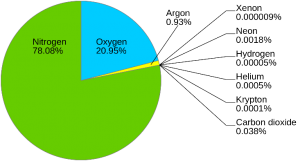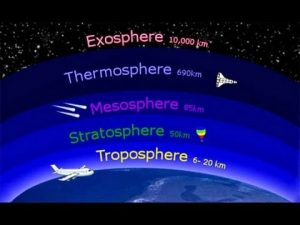1. Which of the
following is true about RBI
A. RBI is the central Bank
of India, established in 1935 & nationalized in 1949.
B. Ist Governor of RBI was
SIR SMITH (1935-37) & Ist Indian Governor was CD DESHMUKH (1948-49)
C. RBI electronic
communication network name is RBINET. The headquarters of RBI are at Mumbai
D. All of the Above
2. The
administration unit of RBI consists of
A. 21 members –including
one Governor, 4 Deputy Governor, 14 directors in central Board of directors,
TWO Govt. official
B. 4 regional Directors and one Governor only
C. Governor and 4 deputy governor
D. None of the above
3. In Indian
Currency, the one rupee note is issued under the signature of –
A. Governor of RBI B. President of India
C. Finance secretary,MoF D. FM , GOI
4. Currency notes of Rs. 2 denominations and above are liabilities
of __
A. GOI B.
RBI C. SBI D. FM, GOI
5. In
India, Currency Notes Issue system, is based on –
A. Proportional Reserve ratio
B. Minimum Reserve ratio
C. Fixed exchange reserve ratio
D. NOTA
6. Who
formulates the monetary policy of India
A. RBI B.SEBI
C. FM,GOI D. Niti, Aayog
7. Which
of the following is not the function of RBI
A. Credit Control
B. As open body of scheduled commercial bank
C. Creation of monetary policy
D. Credit creation
8. RBI has
adopted Minimum Reserve system since
A. 1957 B. 1935
C. 1949 D. NOTA
9. The
developmental works performed by RBI are /is ;-
A. Clearing House, arranging credit for agriculture
B. Collecting & publishing economic data, selling of govt.
securities & trade tills
C. Giving loans to Govt. ,buying & selling valuable
commodities etc
D. All of the above
10.
T-Bills are sold in India by –
A. RBI B.
State Govt.
C. Commercial Bank D. NOTA
11. Which
of the following is correct about T-Bills
A. Short term G-secs having maturity less than
1 year
B. T-Bills are classified into three main -91
days, 182 days, 364 days
C. They are issued at discount & redeemed
at face value at maturity
D. All of the above
12. Bank
Rate increases , then
A. Rate of interest increases B. Put control on inflation
C. Low credit creation D
. All of the above
13. OMO
refers to :-
A. Trade in
securities B.
decrease of Repo rate
c. It is selective method of credit control D. NOTA
14.
Increase in Repo rate
A. Contracts economy B. Expands economy
C. No effect on economy
D. NOTA
15. The
gilt-edged market ( Bullion market) deals with
A. Government securities
B. private securities C.
Both Govt. & private securities D. NOTA
16. In
India, the first bank of limited liability managed by Indian and founded in
1881 was-
A. HCB
B. Oudh Commercial bank C. PNB D. NOTA
17.
Which of the
following is incorrectly matched
A. MSF- marginal Standing facility
B. LAF – Liquidity adjustment Facility
C. CRR- cash
Reverse Ratio
D. SLR- Statutory Liquidity Ratio
18.
Which of the following is/are correct about
functioning of RBI
A. Issue of notes B. banker of Government
C. Custodian of Foreign Reserve
D. Controller of Credit E.
All of the Above
19.
Who is the Head of RRA (Regulations Review Authority) to be set up for 1 year
(wef 01 May 2021)
A. Shaktikant Das B. M
Rajeshwar Rao
C. R Rajan D. Rajnath Singh

































